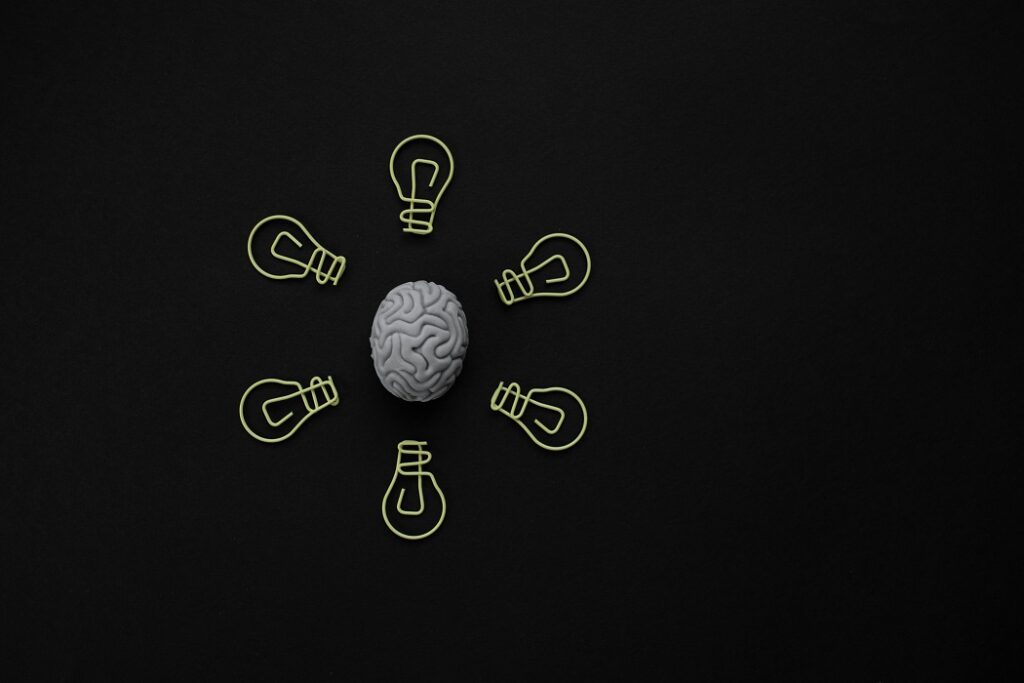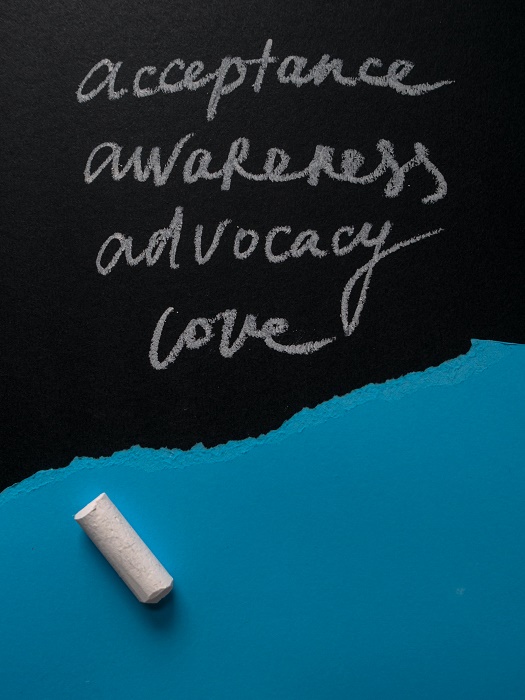This comes under third-generation behavioral therapy which was originally developed by Marsha Linehan as an acquisition of the first two generations of behavioral therapies to treat suicidal behavior. The fundamental word in DBT is “dialectical” which denotes the idea that every argument has a proposition (the thesis) and an alternative perspective (the antithesis). In this theory, the core dialectic, or polarity, involves the contrast between acceptance and change. DBT includes the incorporation or harmonizes the need of clients to admit who they are with understanding the need for the change that is essential to make for healthy living. A modified version of cognitive behavioral therapy is dialectical behavior therapy (DBT). Its main objectives are to educate people on how to stay in the present moment, establish healthy coping mechanisms for stress, manage their emotions, and enhance interpersonal connections.

It was developed to treat borderline disorder but now DBT has been modified to treat a variety of mental health issues It can benefit those who have trouble controlling their emotions or are engaging in self-injurious behaviors (for example eating disorders and substance use disorders).
Four stages of DBT Treatment
There are four stages of DBT therapy. The severity of a person’s behavior determines which stage they are in.
In Stage 1, the person is frequently in a bad mood and acting out. The objective is to transition from having no behavioral control to achieving it.
In Stage 2, the person may feel as though they are leading a life of quiet despair even while their life-threatening behavior is under control. Helping the person go from a state of hopelessness to full emotional engagement is the aim.
Stage 3, The focus now shifts from problems to self-worth and social interactions.
Stage 4, At this stage, treatment focuses on assisting patients in making the most out of their lives, including identifying strategies for enhancing happiness, preserving relationships, and accomplishing their life goals.

DBT Therapy techniques of Treatment
Two main integrated treatment techniques for DBT are individual outpatient therapy and group skills development. Furthermore, therapists may give clients phone consultations in between sessions to assist them in putting the techniques they have learned in therapy to use outside of therapy and in times of distress.
Individual Therapy
Individual therapy in DBT is divided up into four concurrent stages. The phase of treatment that a client enters depends on their existing degree of functioning. Although the stages are arranged in order to lessen the intensity of the client’s problems. it’s been quite evident that clients frequently repeat concerns and that need to repeat therapeutic techniques from earlier stages, therefore the progression through the stages is not always sequential. A comprehensive behavioral assessment is required to identify the nature of the client’s problems and their likely sustaining conditions before the therapist can decide at what level or stage a client should begin treatment. The client and therapist then decide on the treatment’s objectives, required outcomes, and tactics of treatment. The client and the therapist both agree to adopt specific behaviors as part of the collaborative nature of the treatment.
Group Skills Training
A practitioner other than the client’s individual psychologist serves as the group skills trainer and conducts the sessions. The training generally lasts a whole year and is guided by a handbook that includes comprehensive and extensive session-by-session directions, treatment considerations, and worksheets for exercises in developing new skills. Core mindfulness, interpersonal effectiveness, emotion modulation, and stress management are four types of abilities that clients learn.

Core Mindfulness
The acquisition of mindfulness abilities is a significant advantage of DBT. mindfulness assists in emphasizing. Living in the moment or focusing on the here and now. This facilitates one in developing a nonjudgmental awareness of both what is going on inside of you (your thinking, sentiments, impulses, and instincts) as well as what is going on outside of you (what you are seeing, hearing, or generally perceiving). When you are experiencing emotional distress, mindfulness skills can help you slow down and also makes you concentrate on employing appropriate coping mechanisms. The technique can also assist you in maintaining your temper and preventing reckless conduct and cycle of negative patterns of thought. Emotions and logic both make a wise mind if it serves the balance.

Stress Management
It will help in accepting both oneself and the circumstances. DBT offers the following stress management such as
Diversionary tactic
Improving the present
calming and reassurance
Considering the benefits and drawbacks of not accepting misery, techniques for coping with distress help you get ready for strong emotions and give you the tools you need to deal with them in a way that will benefit you in the long run.
Interpersonal Effectiveness
Being more assertive in a relationship (for instance, being able to communicate your wants and say “no”) while yet maintaining a happy and healthy connection requires interpersonal effectiveness. this technique assists the clients to learn and develop the ability to respect themselves and others, as well as their ability to listen and communicate more effectively.
Emotional Regulation
It enables you to deal with intense emotions more skillfully. Your ability to recognize, label, and modify your emotions will be aided by the abilities you acquire. The emotional fragility is decreased and the person is able to experience more pleasant feelings when he is able to detect and manage strong negative emotions, such as aggression.
Case Management Technique
It allows the person to take charge of his life. The therapist uses the techniques that they acquired to assist the client so that he learns how to manage his own situation and be independent. The goal of the DBT consultation team is to help those who deliver DBT, including therapists, skills therapists, clinical staff, and others. The consulting team is intended to support therapists in keeping competent and eager to determine to provide the best possible care. Reducing exhaustion and sharing information are ways in which the team supports one another.
DBT can effectively use with Borderline disorder, suicidal or self-harm tendencies, post-traumatic stress disorder, generalized anxiety disorder, substance abuse, eating disorders, depression, and attention deficit hyperactivity disorder.
Benefits of DBT
Every therapy has its own triggered goals at which the whole technique is built it. The following are the benefits of DBT:
Acceptance and Changing:
The core of this therapy is to teach the client to accept the situation as it is and change his behavior accordingly. It will not only construct a healthy interaction but also give the courage to handle distressful situations.

Behavioral Aspect:
As acceptance comes with the reorganization of one’s own harmful, destructive, and dysfunctional behaviors. The identification of maladjusted behaviors leads to restoration of the healthy and functional behaviors.
Cognitive Perspective:
Those thoughts that are not beneficial tend to change with more productive ones.
Skills:
As this process is done in the collaboration of skillful people such as psychiatrists, psychologists, and group therapists so, it developed many skills such as interpersonal and communication skills, teamwork, etc.
DBT normally takes one year of devotion in order to treat the problem but sometimes it also follows the short span of time that is known as DBT-informed programs. The practitioner uses some degree of DBT therapeutic technique to assist the client.
